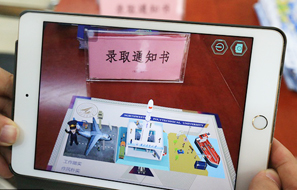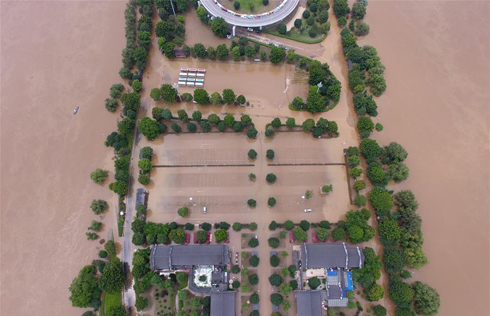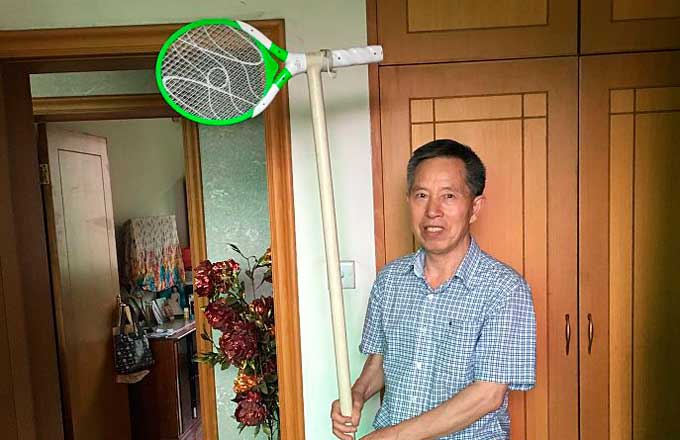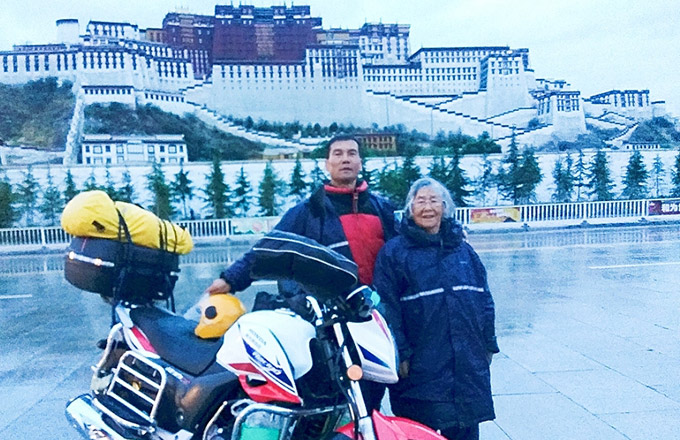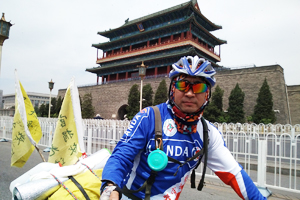Shanghai vagrants return home due to new technology
SHANGHAI -- Facial recognition, new media and big data are among the latest technologies Shanghai authorities are using to help vagrants and beggars return home.
On June 22, a senior citizen surnamed Liang was reunited with his family after losing contact over 20 years ago.
The 70 years old, suffering mental disease, was sent to a homeless shelter operated by Shanghai Civil Affairs Bureau on April 21.
After finding out his hometown was Luqiao district of Taizhou city in Zhejiang Province, the shelter published information on a popular news service app toutiao.com.
Based on big data and due to the wide popularity of smart phones in China, the app sent the information to users in Luqiao.
On the same day, the shelter received a phone call from a woman who claimed that she could be Liang's daughter but could not tell from the photo for sure. After doing DNA tests, they were confirmed as close relatives.
In February, the shelter received an elderly man who could not speak. However, by searching the records of his transport card they found the last subway station he had visited.
Through a people seeking website, the shelter sent the man's information to people within a 10 kilometers radius of the subway station.
In mere 40 minutes, the man's relatives contacted the shelter.
The shelter also uses facial recognition and finger print technologies to help identity vagrants and beggars. Facial recognition technology has been used since the beginning of this year.
In January, a senior who had been begging in Qingpu district was sent to the shelter. As his accent was very strong, employees found him difficult to understand and identify.
After several days, the shelter staff sent the man's photo to the local public security bureau for facial recognition checks.
The police quickly received his information and contacted his family.
According to the civil affairs bureau, the shelter receives nearly 1,000 unidentified people every year. Thanks to modern technology, it has been able to help over 95 percent of them return home.





